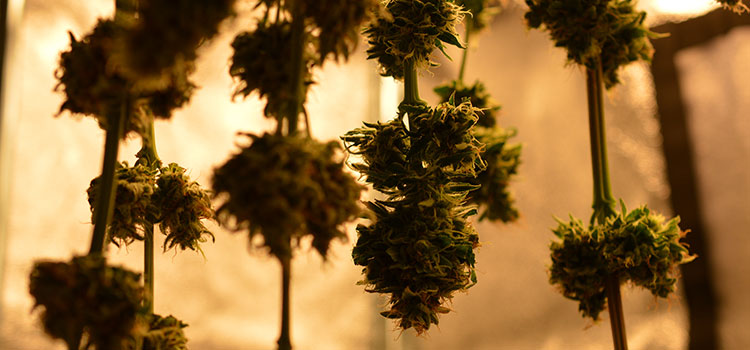The average medical and/or recreational cannabis dispensary in the U.S. earns more money per square foot than the premium grocery store chain Whole Foods, according to the 2016 Marijuana Business Factbook.
Cannabis retailers have the advantage of dispensing a generally small-sized but expensive commodity, meaning that smaller storefronts can more easily generate the revenue per square foot of larger establishments. However, though the cannabis industry continues to enjoy rapid growth, it faces a wide host of problems ranging from archaic political stigmas to overreaching regulatory restrictions. Banking access in particular remains one of the industry’s most problematic issues, and, until that controversy is solved, cannabis retailers — in part because of the industry’s successful reputation — will remain at heightened risks of robbery and theft.
On average, cannabis dispensaries in 2015 earned $974 in annual revenue per square foot, about five percent more than Whole Foods’ $930 per square foot. On a whole, the cannabis industry earned between $3-4 billion in 2015.
Legalized cannabis isn’t completely edging out the premium grocery chain business, however: Costco stores pull in on average $1,032 per square foot, and the cannabis industry’s total revenue still pales in comparison to Whole Foods’ 2015 earnings of $15 billion. But, with medical marijuana legalized in half the U.S. states and recreational legalization votes coming up in nearly a half-dozen others, cannabis will likely be earning tens of billions of dollars in annual revenue within a decade.
In 2015, legal cannabis easily outpaced Girl Scout Cookies and e-cigarette sales.
